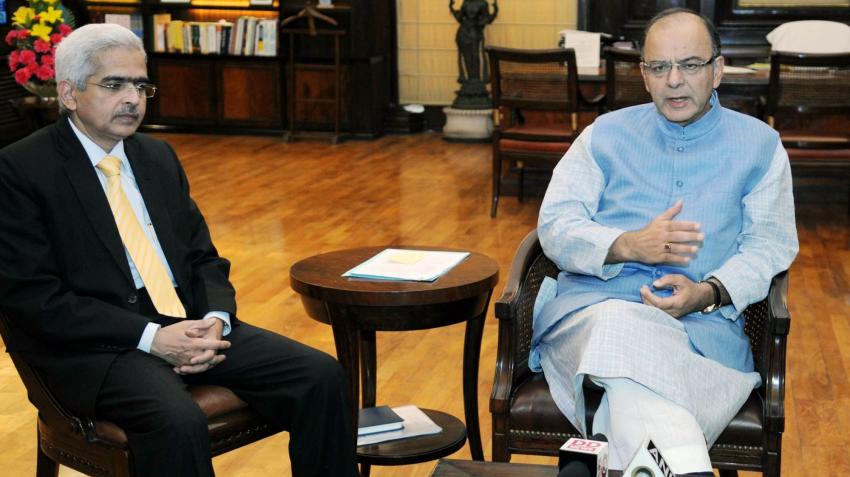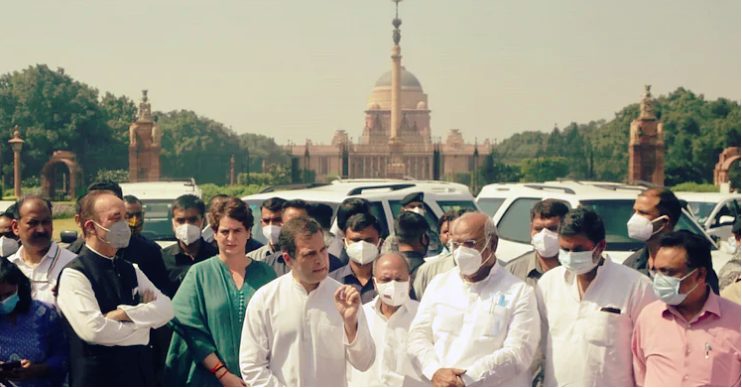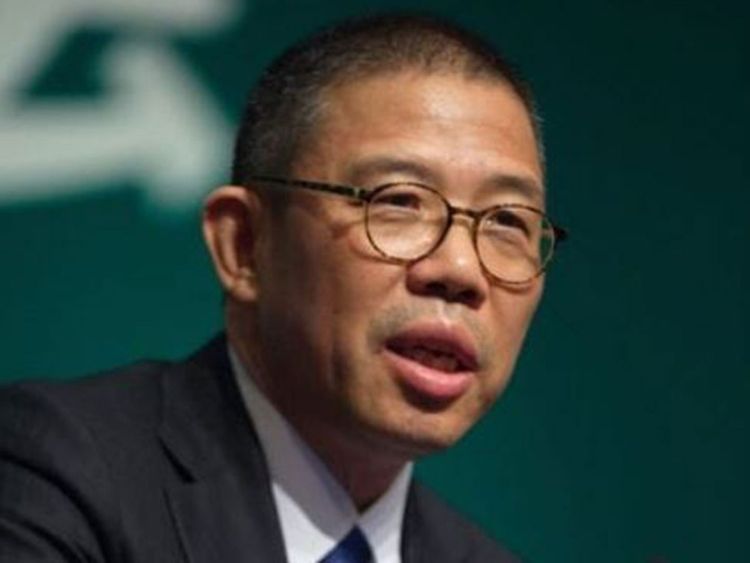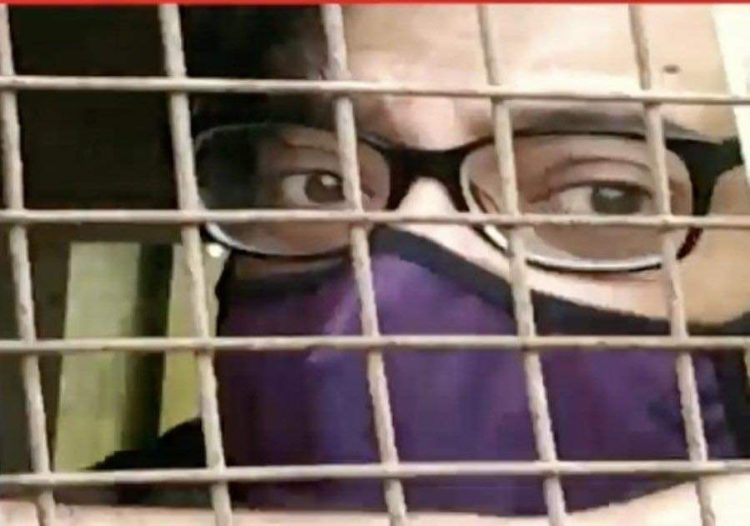The new central bank governor has a list of challenges to face as he takes office: from fixing a banking crisis to convincing investors of the institution’s autonomy.
Shaktikanta Das, 61, a former economic affairs secretary at the Finance Ministry, took charge at the Reserve Bank of India for a three-year term on Wednesday, two days after Urjit Patel quit amid worries that the government was encroaching on the central bank’s turf.
Das, a career bureaucrat, is seen as someone who can ease tensions with the state, prompting a mixed reaction from markets on Wednesday.
“Mr. Das will be initially considered more as a Finance Ministry insider, and only time will tell whether he preserves the RBI’s independence,” said Sonal Varma, an economist at Nomura Plc in Singapore.
Das’s first test comes on Friday when the central bank’s board is due to meet. The government is expected to push for tighter supervision of the RBI, including setting up committees to have oversight of various functions, from foreign exchange management to financial stability.
A former economic affairs secretary from 2015 to 2017, Das worked closely with the central bank and oversaw Prime Minister Narendra Modi’s controversial plan to ban high-value notes in late 2016, an exercise that hurt the economy and led to thousands of job losses.
He is currently a member of the Finance Commission of India, and serves as the government’s representative at the Group of 20 summits.
He will also need to win over colleagues at the RBI.Speculation is rife that Viral Acharya, the deputy governor in charge of monetary policy and Patel’s messenger in the public showdown with the government, may step down.
It was he who had delivered a hard-hitting speech in October warning about government’s interference in central banking. That caused friction between the authorities and Patel, resulting in his departure on Monday.
The government is pushing the RBI to hand over more of its capital to the government and loosen curbs on some of the weakest banks to ensure lending continues ahead of an election next year.
Patel’s departure, and that of Raghuram Rajan before him, indicates the “Modi government is strongly eroding the independence of the RBI,” said Said Haidar, chief investment officer of macro hedge fund firm Haidar Capital Management in New York.
“The government would like easier policy probably with an eye to next year’s elections. I doubt that a bureaucrat with close ties to the Modi administration will ease concerns over the independence of the RBI.”
Goldman Sachs Group Inc. economists said Das’s near-term challenge will be to address tensions between the RBI and government. They don’t expect the appointment will lead to any changes to the RBI’s monetary policy framework.
Das will take charge of the six-member monetary policy committee, which left interest rates unchanged last week after two hikes earlier this year.
With inflation undershooting the central bank’s forecasts, there are growing expectations that the RBI will shift to a neutral policy stance from its current tightening bias, which could set the stage for a rate cut.
Modi initially brought Das into the finance ministry to head the revenue department, later moving him to economic affairs, where he oversaw the demonetization program.
The government will look to Das to help provide much-needed liquidity to the banking system. Authorities want the RBI to do more to support crisis-ridden shadow banks, which accounted for at least 3 out of 10 fresh loans in the past few years. The crisis in the sector threatens consumption, the bedrock of Asia’s third largest economy.
The new governor will also have to sort out debt defaults in a banking sector saddled with bad loans and share oversight of state-run banks with the government.









